The 100-Handshake Meeting: An Intro to Understanding Centipedes
The 100-Handshake Meeting: An Intro to Understanding Centipedes
What are they?
Centipedes are a type of Myriapoda arthropod. This means that they are invertebrates with exoskeletons and segmented bodies. Other examples of arthropods include arachnids and crustaceans. The subphylum Myriapoda includes both centipedes and millipedes and means many legs, referencing the key characteristics of both insects. Since they appear so similar, people often struggle to tell the difference between millipedes and centipedes however, the easiest way you can actually tell them apart is their legs. Per body segment, centipedes only have a single leg on each side while millipedes have two legs per body segment.
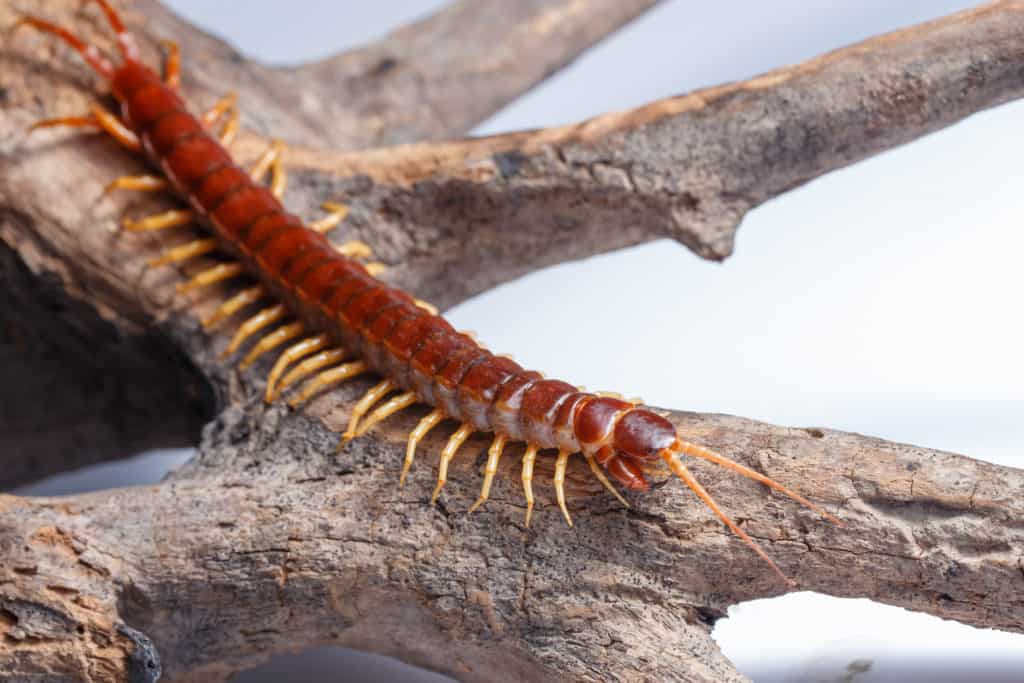
Misnomer
Counter to what their name may suggest, centipedes do not actually have 100 legs. While the range of legs on centipedes can vary drastically based on the suborder of the species, no centipede actually has exactly 100 legs. The average ranges from 30 to 50 legs, while the highest recorded is 350 legs on the Geophilomorpha centipede.
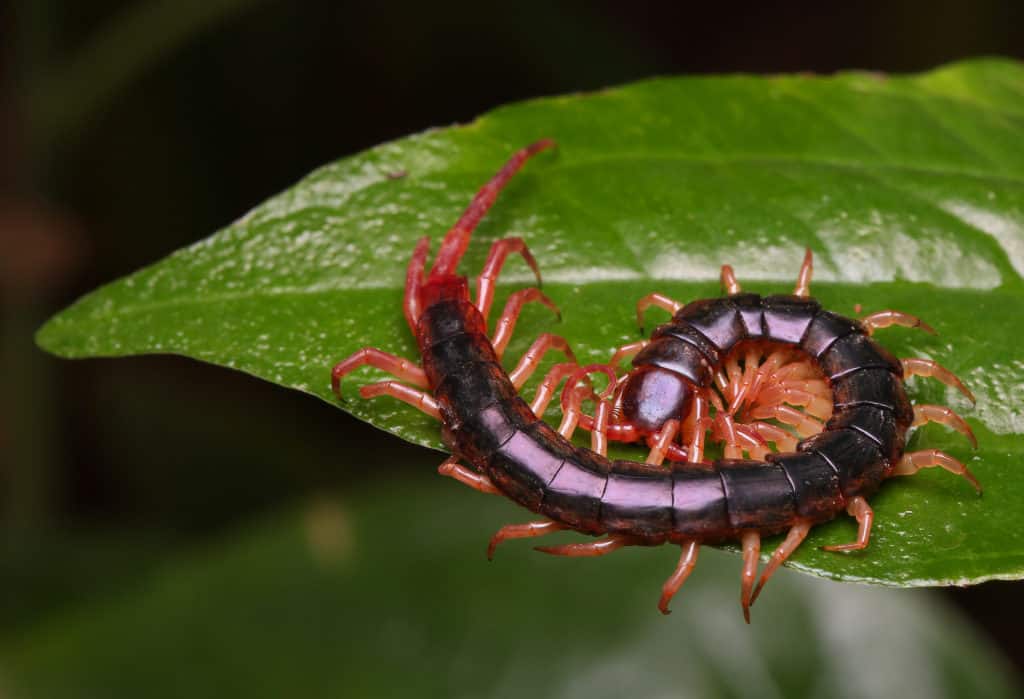
Growth and Life Expectancy
Just as every other arthropod does, centipedes molt as they age and grow. While many subspecies of centipedes have their full sets of legs when they hatch from their eggs, some subspecies will emerge from each molt with more segments and legs. This is common of house centipedes, who will continue to grow legs until their death. Due to this, centipedes actually possess the ability to regenerate lost body parts and can grow to be very long. On the small side, the Nannarrup hoffmani centipede measures in at only 0.4 inches in length when full grown, while the longest centipedes reach nearly 12 inches in length.
Surprisingly there isn’t clear data on the life expectancies of some subspecies of centipedes. However, in general it appears that, barring death from predators or other acts of nature, roughly 5 years of age is the typical life expectancy for centipedes. Some centipedes, like the house centipede, have even been found to survive up to 6 years.
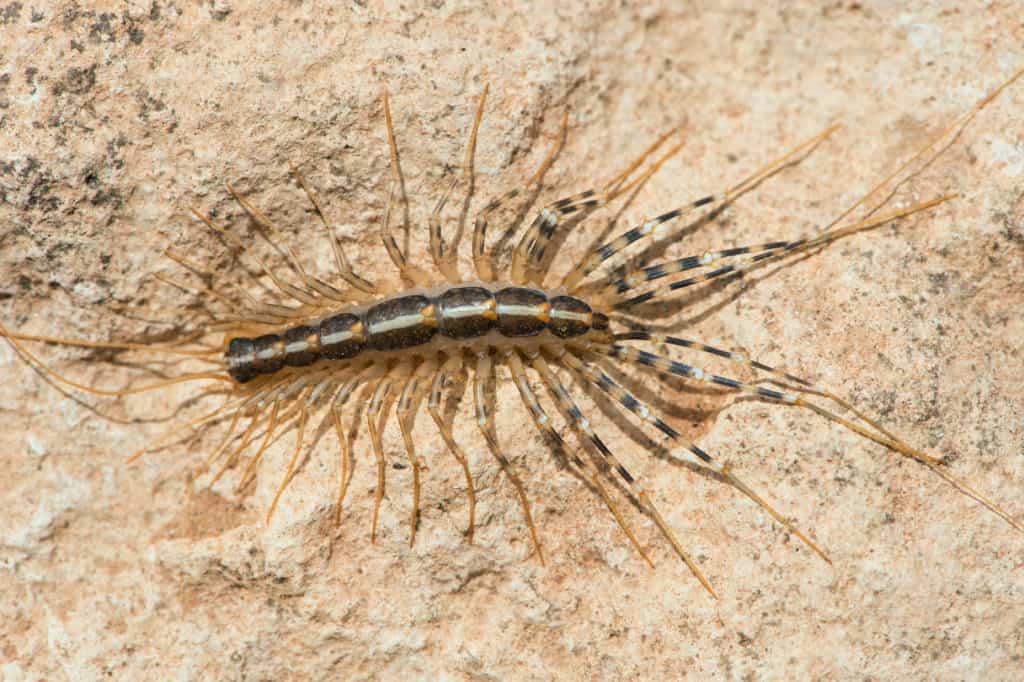
A Day in the Life…
Habitat – Centipedes highly prefer moist habitats and require little to no direct sunlight. Due to a lack of a wavy component found in most insects, centipedes can actually become shriveled and expire from prolonged direct sunlight. Because of this, they can often be found inhabiting basements, garden beds, under rocks, and the roots of trees. Despite these limiting survival necessities, centipedes are common throughout the world and have been found to be present on every continent save for Antarctica.
Diet – Centipedes are vicious predators. This means that they find sustenance through the consumption of other insects or very small animals. When hunting to satiate their carnivorous cravings, centipedes will make use of their fangs which are equipped with a specialized venom. This venom can administer a painful bite for humans, so you want to exercise caution when dealing with centipedes.
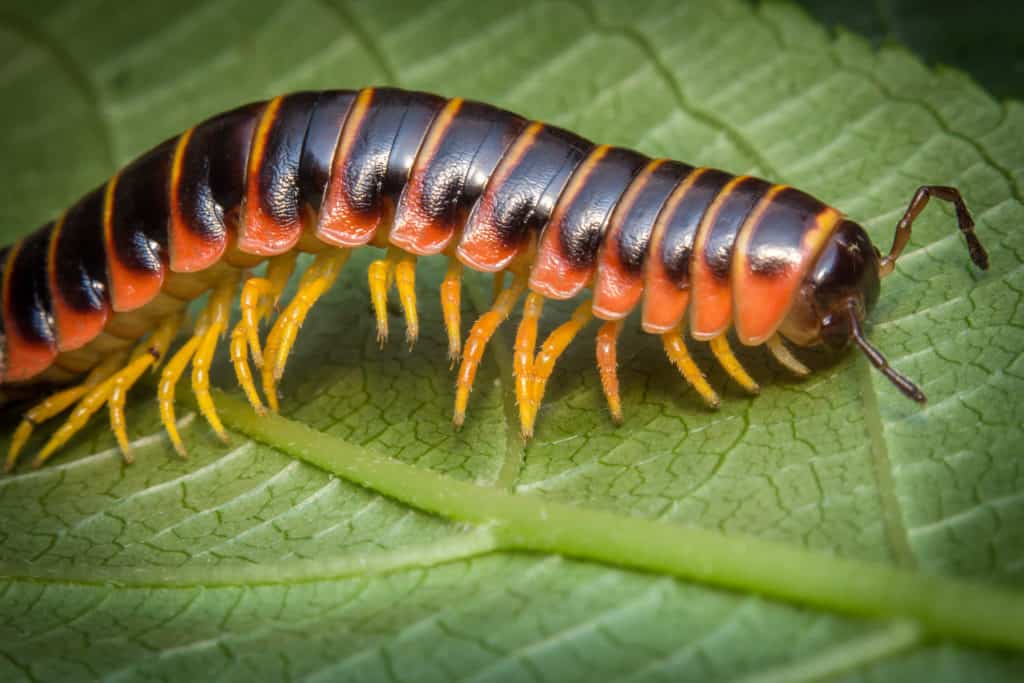
Mysteries of the Centipede
While they may be extremely abundant and inhabit a vast amount of the planet, centipedes are surprisingly drastically understudied. Currently, there is not a lot of data available about these fascinating but creepy arthropods. However, there has been an increase in fascination with these creatures as of late, and now websites (and even some pet stores) are beginning to sell both centipedes and millipedes as pets. Perhaps a new centipede pet owner will become the new leading entomologist studying these crazy creepy crawlies.
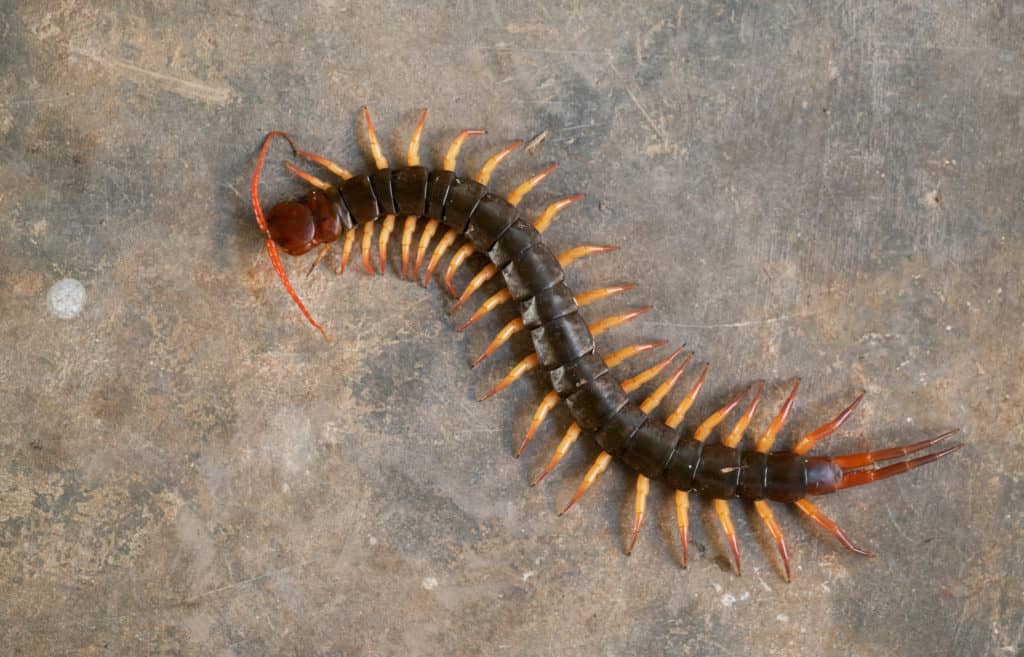
Citations
Gordon, E. (no date) A Teacher’s Resource Guide to Millipedes & Centipedes, Cornell University. Available at: https://cpb-us-e1.wpmucdn.com/blogs.cornell.edu/dist/7/3643/files/2013/09/Millipedes-CentipedesGuide-2jubwdz.pdf (Accessed: August 2020).
Hadley, D. (2020) Fascinating Facts About Centipedes, ThoughtCo. Available at: https://www.thoughtco.com/fascinating-facts-about-centipedes-1968228 (Accessed: August 2020).
Klass, C. and Raffensperger, E. M. (2012) Millipedes, Sowbugs and Pillbugs, and Centipedes, Insect Diagnostic Laboratory. Cornell University Department of Entomology. Available at: https://idl.entomology.cornell.edu/wp-content/uploads/Millipedes-Sowbugs-Pillbugs-Centipedes.pdf (Accessed: August 2020).
Lewis, J. G. E. (2007) The Biology of Centipedes. Cambridge University Press. (Accessed: August 2020).
The Various Personalities of Stinging Pests
The Various Personalities of 5 Stinging Pests The Various Personalities of 5 Stinging Pests Summary: Stinging insects are among the most common summer [...]
8 Creative Ways to Have a Pest-Free Fourth of July
8 Creative Ways to Have a Pest-Free Fourth of July 8 Creative Ways to Have a Pest-Free Fourth of July Summary: The Fourth [...]
A Simple Guide to Preventing Stinging Pests
A Simple Guide to Preventing Stinging Pests A Simple Guide to Preventing Stinging Pests Summary: Stinging insects are more active in warm weather, [...]
These 10 Natural Mosquito Repellents Can Actually Help
These 10 Natural Mosquito Repellents Can Actually Help These 10 Natural Mosquito Repellents Can Actually Help Summary: Natural mosquito repellents are easier to [...]
How to Get Rid of Carpet Beetles
How to Get Rid of Carpet Beetles How to Get Rid of Carpet Beetles Summary: Carpet beetles are sneaky pests that don’t usually [...]
How Do Roaches Affect Asthma and Allergies?
How Do Roaches Affect Asthma and Allergies? How Do Roaches Affect Asthma and Allergies? Summary: It’s no secret that pests impact human health, [...]

